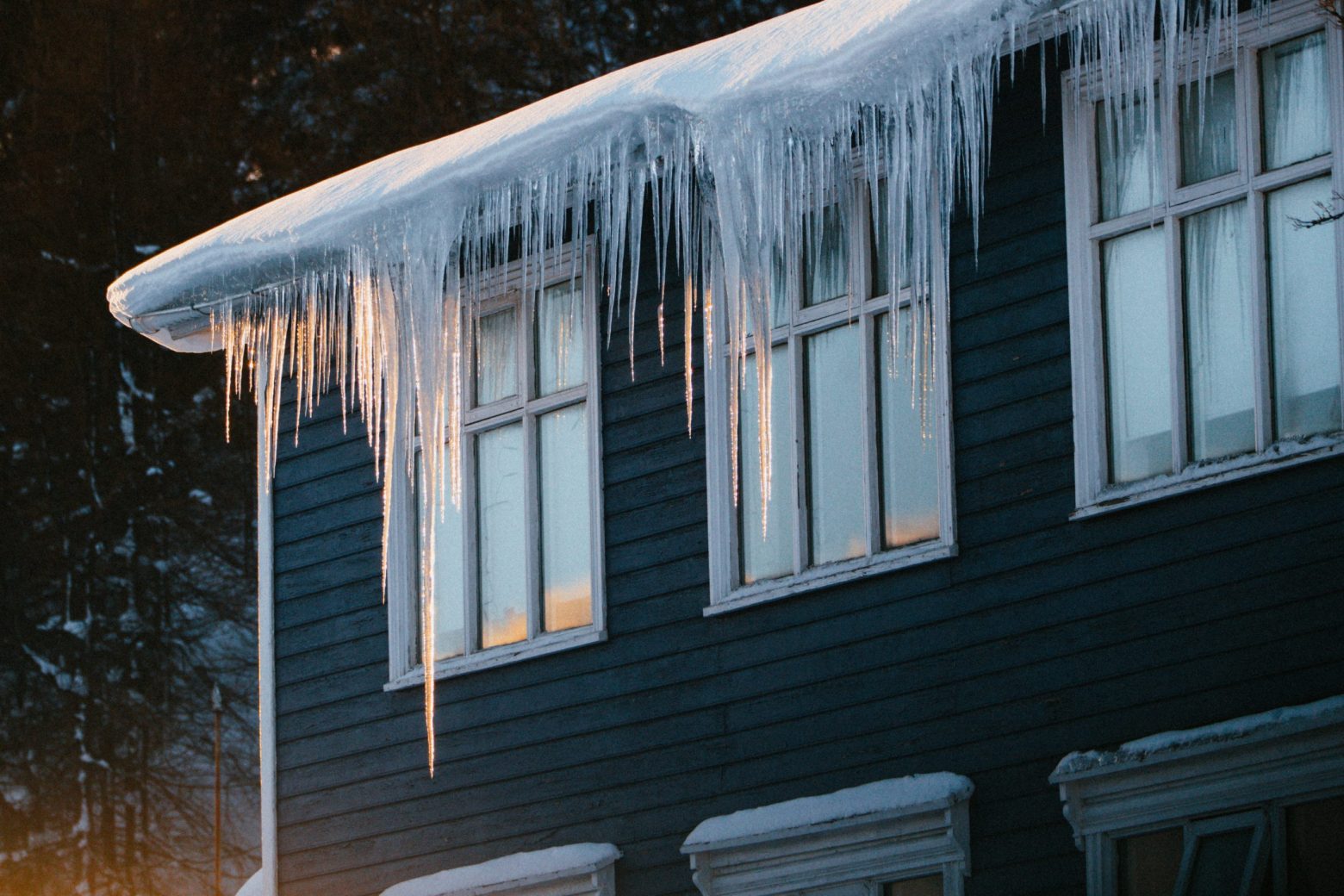We’ll explore common causes of wet basements and how to fix them by providing expert guidance. A wet basement can be a homeowner’s nightmare, leading to property damage and health hazards like mould and mildew growth. As London’s leading plumbing and drainage contractors, we deal with wet basement concerns as our profession. A dry basement is crucial for a safe house and people’s (and animals’) health.
Best Plumbing and Drainage Contractors has been London’s trustworthy and professional waterproofing company since 1972. Read more about us here. Call us at (519) 438 6565 or ask to have a look by reaching us online.
Read our satisfied client reviews here.
Common causes of wet basements:
- Sump Pump Failure
- Compromised Weeping Tile Systems & Maintenance
- Window Well Drains & Maintenance
- Sewer Blockages, Municipal Infrastructure & Maintenance
- Foundation Cracks
- Poor Grading
1. Sump Pump Failure
Sump pumps are a crucial component of basement waterproofing. When functioning correctly, they collect excess groundwater and pump it away from your home’s foundation. Either onto the surface, below grade or to a municipal storm sewer.
- However, water accumulation can occur if your sump pump is malfunctioning or inadequate for your basement’s size. This leads to hydrostatic pressure and perimeter seeping.
- Regular maintenance, including testing the pump and ensuring the discharge line is clear, is essential to prevent basement flooding.
- Installing a battery back up sump pump system in addition to your sump pump will prevent flooding during hydro outages or a lifeline to keep your sump pump working if your main pump fails. Alarms can notify you of any changes.
2. Compromised Weeping Tile Systems & Maintenance
Weeping tile systems are required under the Ontario Building Code. Properly maintaining these systems are crucial for a dry basement.
- Clogged or broken weeping tiles around your home can lead to water pooling at footing levels and seeping into your home.
- Weeping tile flushing & repairing broken or clogged weeping tiles can ensure ground water has a place to collect and discharge.
- Upgrading to a sump pit and pump that is connected to the weeping tile system can also help alleviate basement flooding issues.
3. Window Well Drains & Maintenance
Any windows close to ground level should have a window well for protection from surface water and a drain installed that can collect any water that makes it into
the well. Window well drains prevent the window well from filling up with water and leaking in through the window and its frame.
- Ensure window wells have drains connected to weeping tile system that
are cleaned out and maintained regularly. - Clearing leaves and debris from window well can ensure water has access
to drain pipe. - Window wells also help direct surface water away from the house.
4. Sewer Blockages, Municipal Infrastructure & Maintenance
Every house has a sewer line that must be maintained to function properly. Depending on the age of your home your weeping tile system may tie in with your sanitary or storm sewer servicing your property. Municipal sewer mains are maintained by the City and can also surcharge during heavy rainstorms and lead to basement flooding.
- Ensure your sewer line is clear from any blocks, breaks or defects from the house to the city sewer main. ( Video Inspection of Sewer Line, Eeling or Flushing )
- Stay up to date on sewer maintenance.
- Install backwater valve on sewer line entering house to prevent municipal sewer mains from surcharging into house. ( City Funding Grant Available )
- Disconnect weeping tile from sewer line and reroute to sump pit. ( City Funding Grant Available )
5. Foundation Cracks
Cracks in your foundation typically get worse over time. They can also lead to other structural issues if left unrepaired. Inspecting your foundation for any signs or cracking or spalding should occur regularly.
- Repair any cracks found in foundation as soon as possible.
- Waterproof foundation to prevent against any future leaks.
- 20 year warranty on all waterproofing work completed.
6. Poor Grading
Ensuring proper grading around your house will limit the water that can build up and pool around your foundation. Redirecting surface water to french drains or storm sewers is can alleviate wet and saturated yards.
- Ensure soil levels are sloped away from the foundation on all sides of house.
- Reroute any surface water away from foundation ( French Drains )
- Repairing any sunken or improperly sloped walkways, driveways or decks.
- Ensure downspouts arent discharging water up against foundation. ( Buried downspout lines with pop up emitters or catch basins )
As London’s premier plumbing and drainage contractors, we’ve seen firsthand the issues that wet basements can cause for homeowners. Numerous factors can contribute to basement moisture, from inadequate waterproofing and poor grading to faulty sump pumps and foundation cracks. However, by following our expert insights and addressing these issues promptly, you can safeguard your home from water damage and ensure a dry, comfortable living space. Read more.
Whether investing in professional waterproofing, maintaining your drainage systems, or sealing foundation cracks, taking proactive steps can prevent the headaches associated with wet basements. Remember, a dry basement is not just a matter of protection; it’s about preserving the value and integrity of your home. If you’re facing wet basement issues or need guidance on preventing them, don’t hesitate to contact us. As the trusted plumbing and drainage experts in London, Ontario, we’re here to help you keep your basement dry and your home in optimal condition.
This post was written by Allan
August 21, 2023
Back to Blogs

